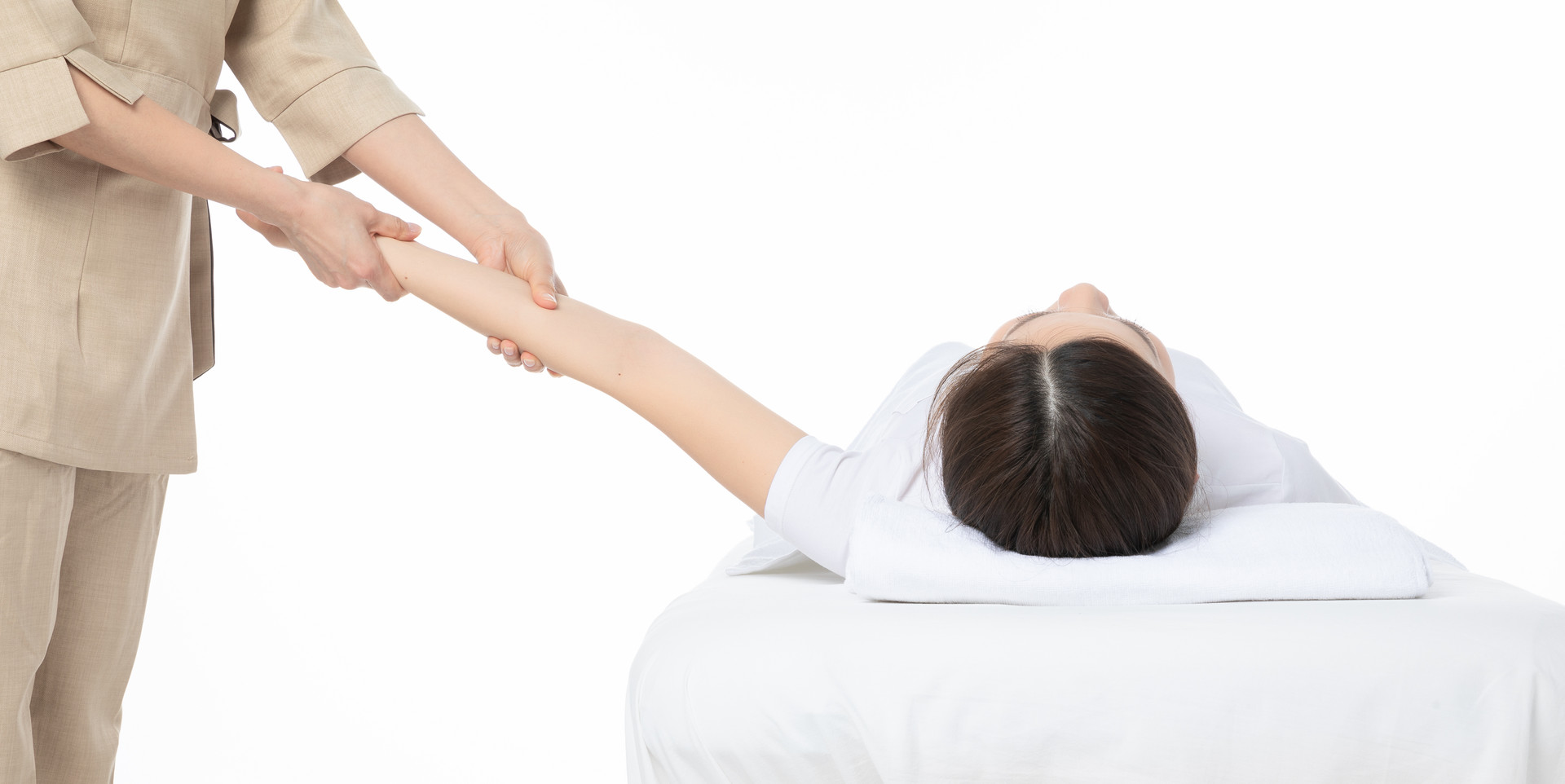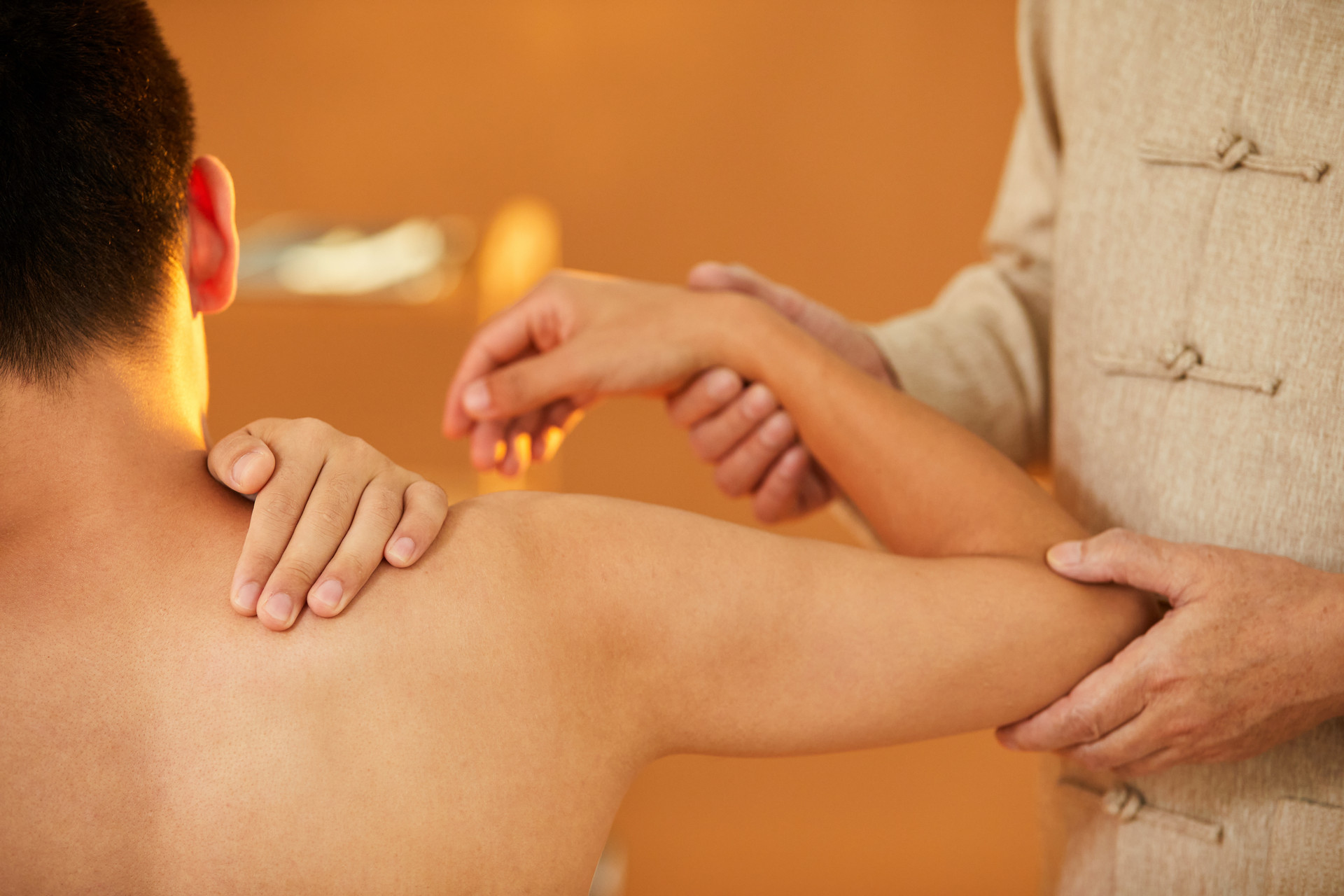
Pediatric muscular torticollis, also known as congenital sternocleidomastoid muscle contracture torticollis, refers to a condition where the head tilts and leans towards the affected side, the face rotates towards the unaffected side, and the jaw turns towards the unaffected shoulder, with limited movement of the neck. In clinical practice, torticollis generally refers to muscular torticollis caused by the contracture of the sternocleidomastoid muscle on one side, except for a very few cases caused by spinal deformities, compensatory postural torticollis due to visual impairment, and neurogenic torticollis caused by neck muscle paralysis.
This condition is mainly caused by birth injuries or abnormal fetal positions, such as a large fetus, abnormal pressure and poor positioning in the uterus, which impede the blood supply to one side of the sternocleidomastoid muscle, leading to ischemic contracture and the formation of torticollis. The pathological changes mainly involve fibrotic contracture of the affected side's sternocleidomastoid muscle, initially showing fibroblast proliferation and muscle fiber degeneration, eventually being completely replaced by connective tissue.
In the early stages of the disease, a spindle-shaped mass may be found on one side of the neck. Later, the sternocleidomastoid muscle on the affected side gradually contracts and becomes tense, showing a cord-like change. The child's head tilts towards the affected side and the face rotates towards the unaffected side. In a few cases, only a bony lump-like change can be seen around the attachment point of the sternocleidomastoid muscle to the clavicle on the affected side. If not treated in a timely manner, the development of the facial area on the affected side will be affected, and adaptive changes will occur in half of the facial area on the unaffected side, resulting in facial asymmetry. The clinical treatment of this condition mainly focuses on promoting blood circulation, dispersing nodules, relaxing tendons, and relieving muscle spasms locally.
Mr. Zhao, male, 40 days old. Born at 36 weeks + 1, delivered naturally, with a birth weight of 3.4 kg. He came to the hospital on April 22, 2019. The parents reported that the child's head tilts towards the side and the jaw rotates towards the left, with facial asymmetry and the right side appearing smaller. A lump on the right side of the neck was discovered 20 days after birth. Neck ultrasonography on April 11, 2019 showed a localized bulge in the right sternocleidomastoid muscle near the clavicle, measuring approximately 2.5cm × 1.1cm, with continuous connection to the normal muscle layer. Conclusion: Right-sided muscular torticollis. Physical examination: The child's head is tilted to the right, the jaw rotates to the left, and a spindle-shaped lump can be felt in the right sternocleidomastoid muscle. Head movement is limited, and rotation to the right side can only reach about 45 degrees. Diagnosis: Pediatric muscular torticollis. Treatment principle: The main treatment principle is to promote blood circulation, disperse nodules, relax tendons, and relieve muscle spasms.
Treatment methods: ① Massage: Use the index finger, middle finger, and thumb to massage the lump in the right sternocleidomastoid muscle for ten minutes. ② Twisting and pulling: Use the index finger, middle finger, and thumb to twist and pull the lump in the right sternocleidomastoid muscle for ten minutes. ③ Side bending: One hand supports the affected shoulder, and the other hand supports the top of the child's head, gradually bringing the child's head closer to the left shoulder, gradually stretching the right sternocleidomastoid muscle. Repeat this process 10 times. ④ Rotation: The child's parent supports the child's shoulders, and the physician supports the top of the child's head with one hand and the lower jaw on the unaffected side with the other hand, gradually tilting the child's head towards the affected shoulder. Repeat this process 10 times to passively move the child's head, improve and restore neck mobility. These massage techniques are performed for 30 minutes every day, with 5 days of massage treatment per week and 2 days of rest.
After 50 days of treatment, the local lump has significantly reduced in size, and the range of neck movement has increased. Neck ultrasonography on June 17, 2019 showed that the lump in the right sternocleidomastoid muscle was approximately 14.3mm × 7.2mm, with clear borders, low echogenicity, and uniform distribution. No lumps were observed in the left sternocleidomastoid muscle, and the left sternocleidomastoid muscle measured approximately 5.9mm in thickness. Conclusion: Lump in the right sternocleidomastoid muscle. The lump has significantly reduced compared to before. Continue the aforementioned massage techniques and add acupressure to Jianjing (GB21), Fengchi (GB20), and Xie Fang (GB12) to relieve local tissue tension and facilitate recovery. At the 100th treatment session, the child's neck movement was normal, with consistent rotation degrees and no palpable lump. After the treatment for torticollis on August 26, 2019, a follow-up neck ultrasonography showed that the lower part of the right sternocleidomastoid muscle was slightly thicker than the opposite side, with clear layers and slightly stronger echoes, and the left and right sides were basically symmetrical. The condition has now reached clinical cure, with a total duration of 100 days of massage treatment.
This massage treatment for pediatric muscular torticollis is simple, gentle, and relatively painless for the child, with good therapeutic effects. The parents should pay attention to observing the child's daily activities and seek early detection, diagnosis, treatment, and rehabilitation. They should also cultivate good habits in children's daily life and use movements and postures opposite to the direction of torticollis, such as changing the direction of the child's head during feeding or using toys. If the condition persists for more than 1 year and the contracture of the sternocleidomastoid muscle is severe or fibrotic, and massage treatment for six months is ineffective, surgical treatment should be considered.







